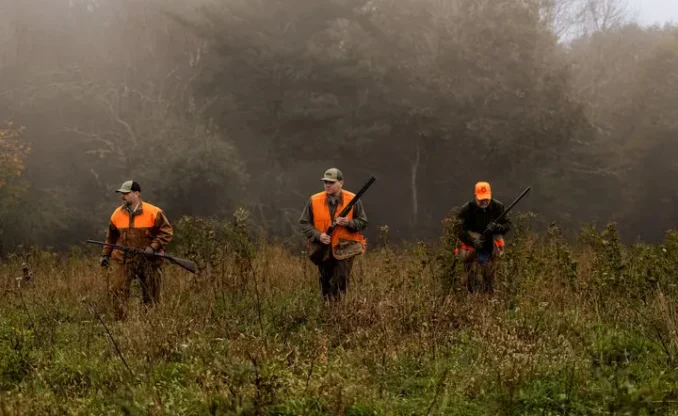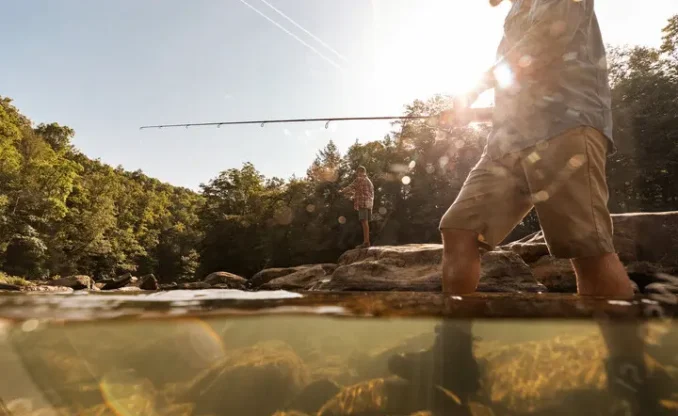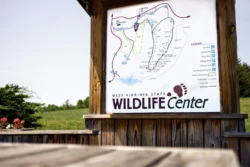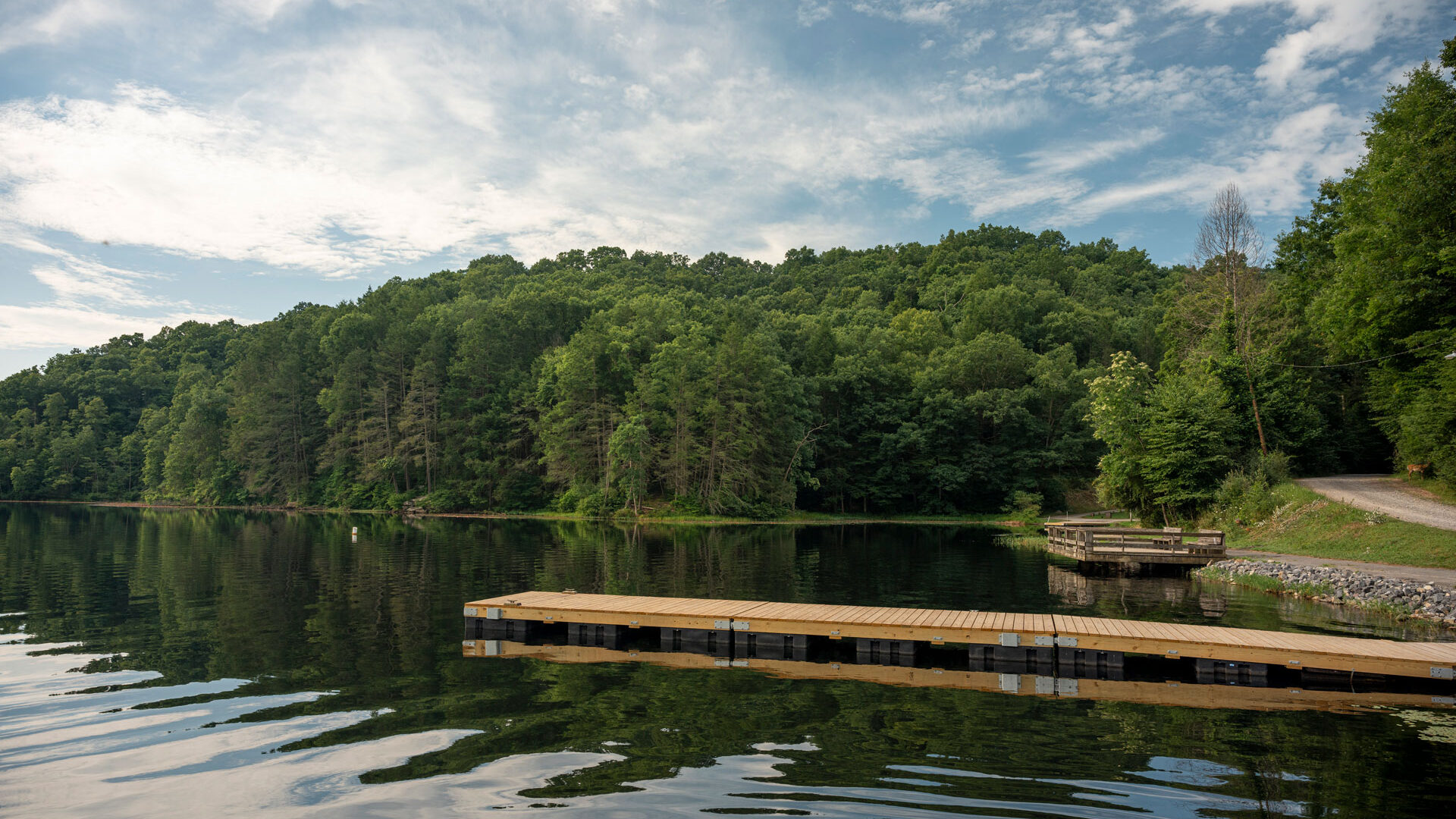New docks and shore maintenance enhance angler and boater experience at popular lake
SOUTH CHARLESTON, W.VA. — The West Virginia Division of Natural Resources (WVDNR) announced today the completion of several improvements at Plum Orchard Lake, including the addition of two new docks and shore maintenance designed to benefit anglers and boaters.
“The upgrades reflect our commitment to providing exceptional recreational opportunities in West Virginia and ensure that Plum Orchard Lake remains a prime destination for anglers and boaters alike,” said WVDNR Director Brett McMillion. “By maintaining open water areas and supporting our fishery, we’re not only enhancing the angling experience but also preserving the natural beauty of this treasured lake.”
The new floating docks at Plum Orchard Lake include an 8-foot by 32-foot dock at the main boat ramp near the dam and an 8-foot by 48-foot dock at the parking area near the dam. These docks offer a safer and more stable platform for public use. An existing dock at the upper boat launch is set to be refurbished later this year.
Other enhancements include herbicide spraying around the shore fishing areas, piers and boat launches. This effort maintains open water areas for both anglers and boaters while maintaining a good habitat for the fishery, which was the location of a state record redear sunfish catch in June. These sunfish, introduced into Plum Orchard Lake a few years ago to control invasive snails, have proven to be a great benefit to the lake and are now reaching trophy sizes.
WVDNR Fish Tagging Studies
To continue gathering data for better trophy sunfish management, the WVDNR Fish Management Unit is currently conducting a fish tagging study at Plum Orchard Lake. Species tagged include bluegill, redear sunfish and black crappie. Anglers who catch a tagged fish in any West Virginia waterbody are encouraged to report it by calling the phone number on the tag, contacting their local WVDNR district office or emailing dnrfishtags@wv.gov and providing the following information:
- Species
- Tag number
- Date of catch
- Location of catch (if a river, include the closest landmark)
- Was the fish harvested or released (if released, was the tag removed?)
- Angler’s name, address and phone number
This important data will help biologists better manage the lake’s fishery. And remember, each angler who reports their tagged fish qualifies for a reward for participating.
To learn more about fishing opportunities in West Virginia or to purchase a fishing license, visit WVdnr.gov/fishing.




